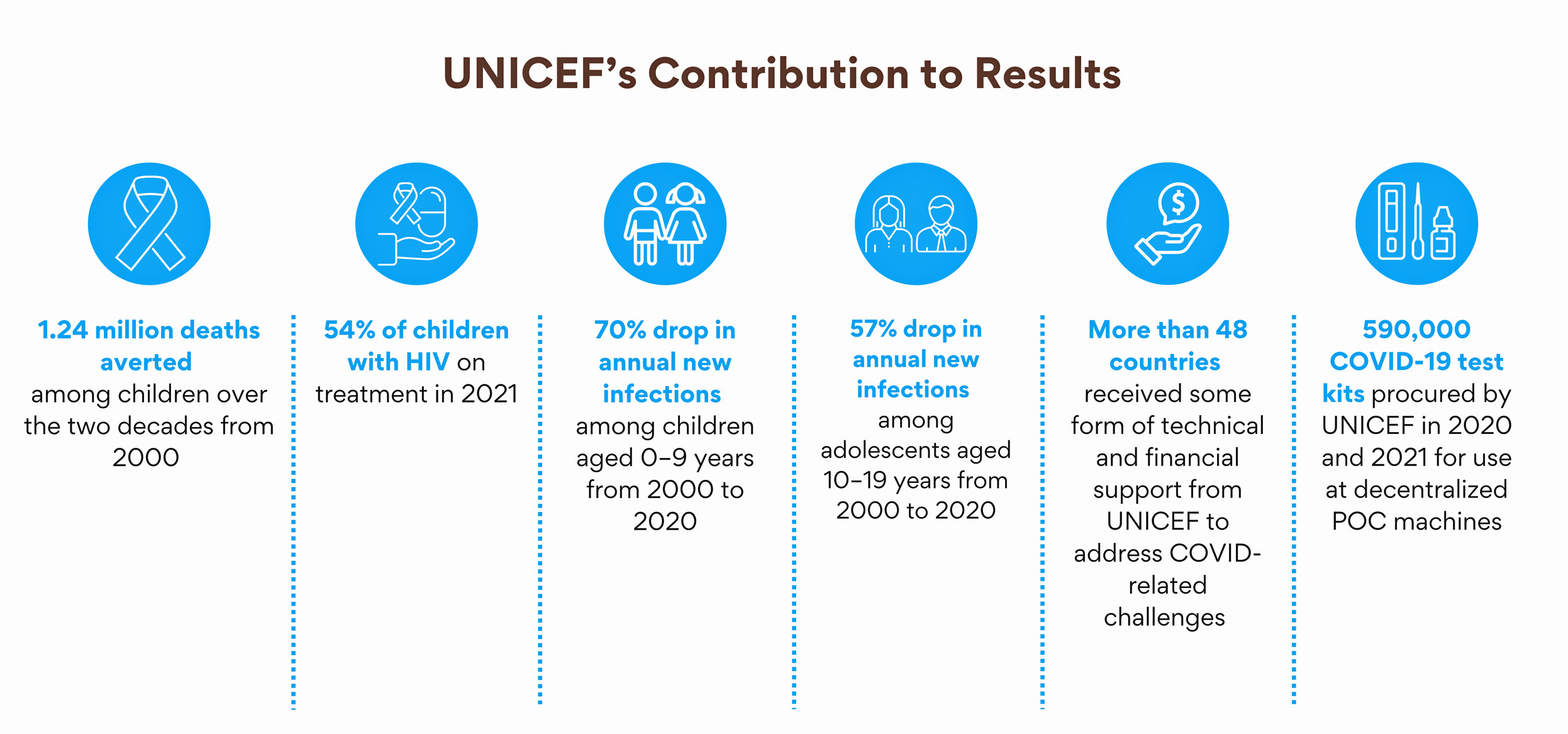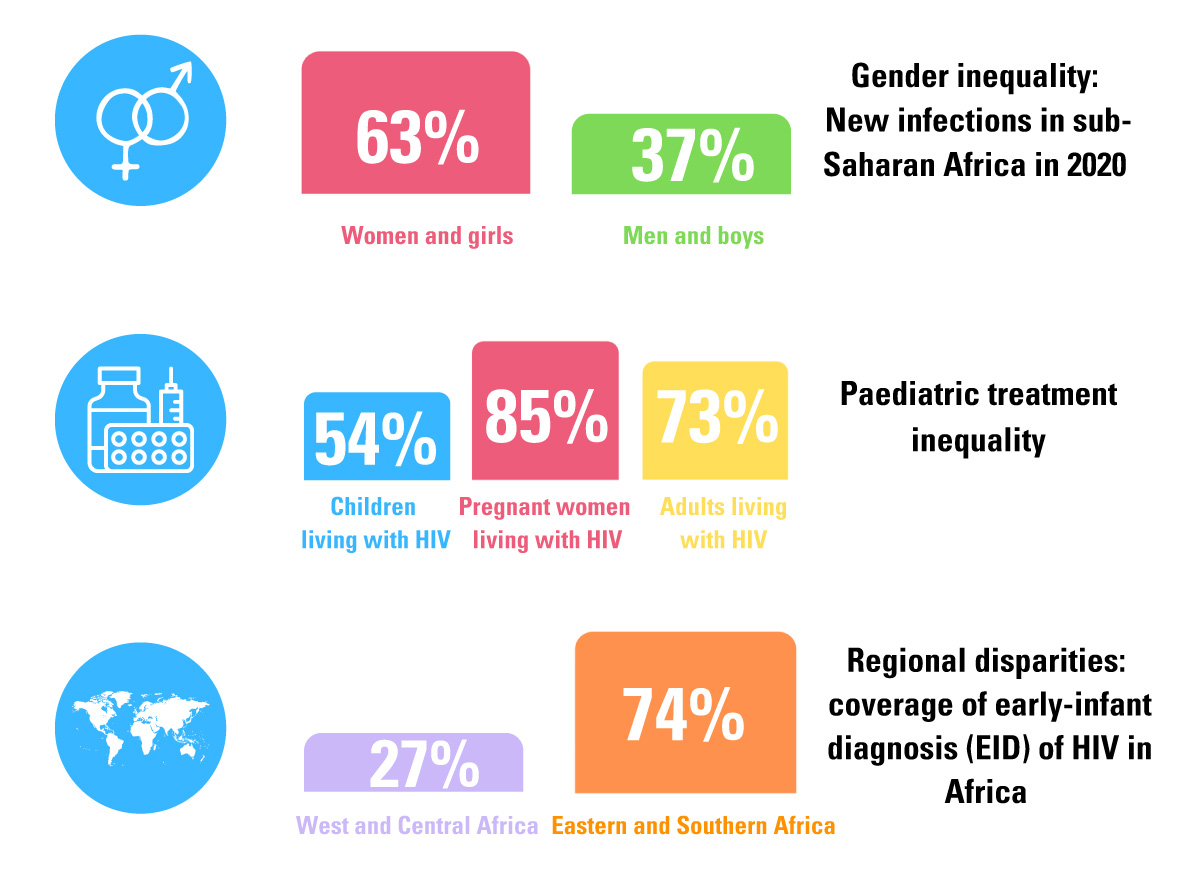Une initiative strategique mondiale pour mettre fin au sida chez les enfants d'ici 2020
Mettre fin au sida chez les enfants, grâce à une alliance forte, stratégique et orientée vers l’action de parties prenantes multisectorielles aux niveaux national, régional et mondial qui travaille avec des femmes, des enfants et des adolescents vivant avec le VIH, des gouvernements nationaux et des partenaires pour mobiliser le leadership, le financement et l’action afin d’en finir avec le sida chez les enfants d’ici 2030.

